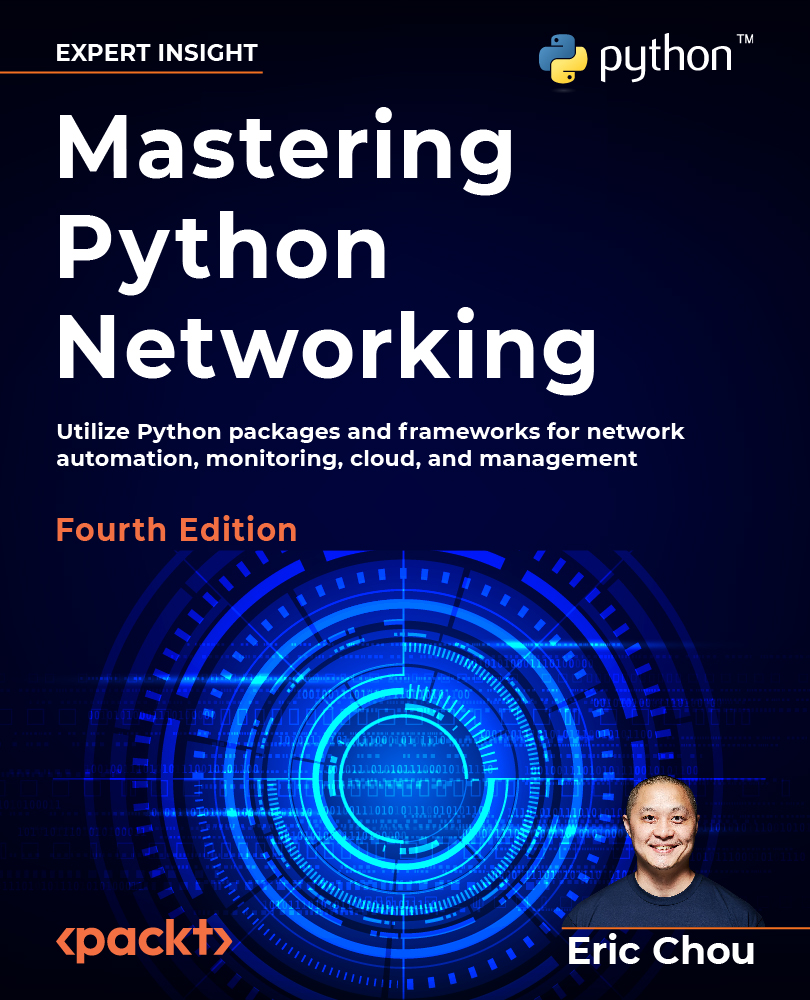First End-to-End example
One of the most common pieces of feedback from people new to Elastic Stack is the amount of detail you need to understand to get started. To get the first usable record in the Elastic Stack, the user needs to build a cluster, allocate master and data nodes, ingest the data, create the index, and manage it via the web or command line interface. Over the years, Elastic Stack has simplified the installation process, improved its documentation, and created sample datasets for new users to get familiar with the tools before using the stack in production.
Tip. Running the components in Docker containers helps with some of the pain in installation but increases complexity in maintenance. It is a balancing act to choose between running them in a virtual machine vs. containers.
Before we dig deeper into the different components of the Elastic Stack, it is helpful to look at an example that spans Logstash, Elasticsearch, and Kibana. By going over this end-to-end...































































